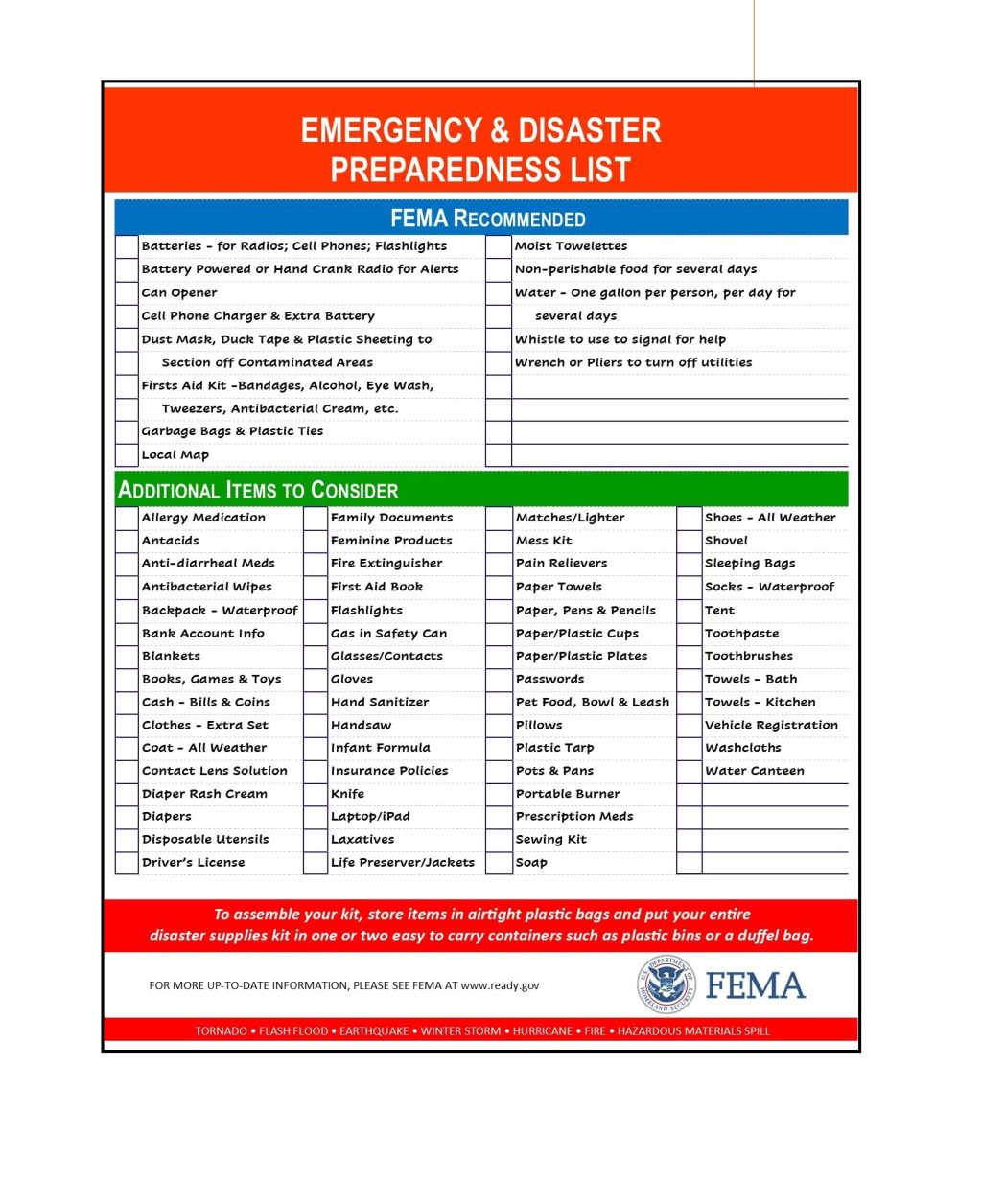

**Significant Incidents and Safety Emergencies in Formula 1’s Past**
Formula 1, the apex of motorsport, is celebrated for its velocity, innovation, and international allure. Nonetheless, its past is punctuated by sorrow and risk. Throughout the years, numerous significant incidents and safety emergencies have influenced the sport, driving essential modifications in regulations, vehicle design, and circuit safety measures. This piece delves into some of the most prominent occurrences and their effects on the progression of safety in Formula 1.
—
### 1. **The 1955 Le Mans Catastrophe (Influence on F1 Safety Recognition)**
While not an event exclusive to Formula 1, the 1955 Le Mans catastrophe had a significant effect on global motorsport safety. During the 24 Hours of Le Mans, a crash involving Pierre Levegh’s Mercedes-Benz sent debris into the audience, resulting in Levegh’s death alongside over 80 spectators. This disaster shocked the world, prompting the cancellation of numerous Grand Prix events that year, such as the French, German, and Swiss Grands Prix.
**Influence on F1:** The calamity highlighted the necessity for enhanced circuit safety and spectator protection, shaping future F1 track blueprints and safety guidelines.
—
### 2. **The Passing of Jim Clark (1968)**
Jim Clark, a two-time world champion and one of the most gifted drivers in F1’s annals, tragically passed away during a Formula 2 race at Hockenheim in 1968. His demise reverberated throughout the racing fraternity.
**Influence on F1:** Clark’s death underscored the perils that drivers encountered, even in less prominent events. It amplified demands for superior vehicle construction standards and more comprehensive safety protocols across all racing disciplines.
—
### 3. **The 1970s: An Era of Risk**
The 1970s are often seen as the most hazardous decade in Formula 1’s narrative. Several drivers met untimely deaths, including:
– **Jochen Rindt (1970):** The sole posthumous world champion, Rindt lost his life during the qualifying sessions at Monza due to a malfunction in the brake shaft.
– **Roger Williamson (1973):** Perished in a fire at the Dutch Grand Prix while fellow racer David Purley futilely attempted to rescue him.
– **Tom Pryce (1977):** Killed in an unusual mishap at the South African Grand Prix when he collided with a track marshal crossing the circuit.
**Influence on F1:** These calamities led to heightened examination of track safety, fire barriers, and the necessity for swift emergency responses. The FIA commenced implementing more rigorous safety policies and enhancing medical provisions at racing venues.
—
### 4. **The 1982 Season: A Year of Grief**
The 1982 season was overshadowed by the fatalities of two Ferrari drivers:
– **Gilles Villeneuve:** Died during qualifying for the Belgian Grand Prix following a high-speed crash.
– **Didier Pironi:** Sustained career-ending injuries in a collision during practice in Germany.
**Influence on F1:** These tragedies underscored the pressing need for improved crash safety measures, resulting in advancements in cockpit designs and crash barrier technologies.
—
### 5. **The 1994 San Marino Grand Prix: A Critical Juncture**
The 1994 San Marino Grand Prix at Imola stands as one of the darkest moments in F1 history. It involved:
– **The death of Roland Ratzenberger:** He suffered a fatal crash during qualifying due to a front wing failure.
– **The death of Ayrton Senna:** The three-time world champion died during the race after crashing at the high-speed Tamburello corner.
**Influence on F1:** These tragedies marked a pivotal change for Formula 1. The FIA initiated an extensive evaluation of safety standards, leading to:
– The establishment of the FIA Institute for Motor Sport Safety.
– Implementation of crash data recorders.
– Revamping circuits to include additional run-off areas.
– Stricter crash testing requirements for vehicles.
– Compulsory use of the HANS (Head and Neck Support) device in the early 2000s.
—
### 6. **Jules Bianchi’s Accident (2014)**
During the 2014 Japanese Grand Prix, Jules Bianchi lost control in damp conditions and collided with a recovery vehicle attending to another incident. He incurred severe head injuries and succumbed in 2015 after an extended coma.
**Influence on F1:** Bianchi’s incident catalyzed the adoption of the Virtual Safety Car (VSC) system, which enables race control to neutralize the race without deploying a physical safety car. It also hastened the development of cockpit protection measures.
—
### 7. **The Arrival of the Halo (2018)**
The Halo, a titanium structure crafted to shield drivers’ heads from flying debris and impacts, debuted in 2018. Initially contentious regarding its design, the Halo has since demonstrated its efficacy in various incidents.






